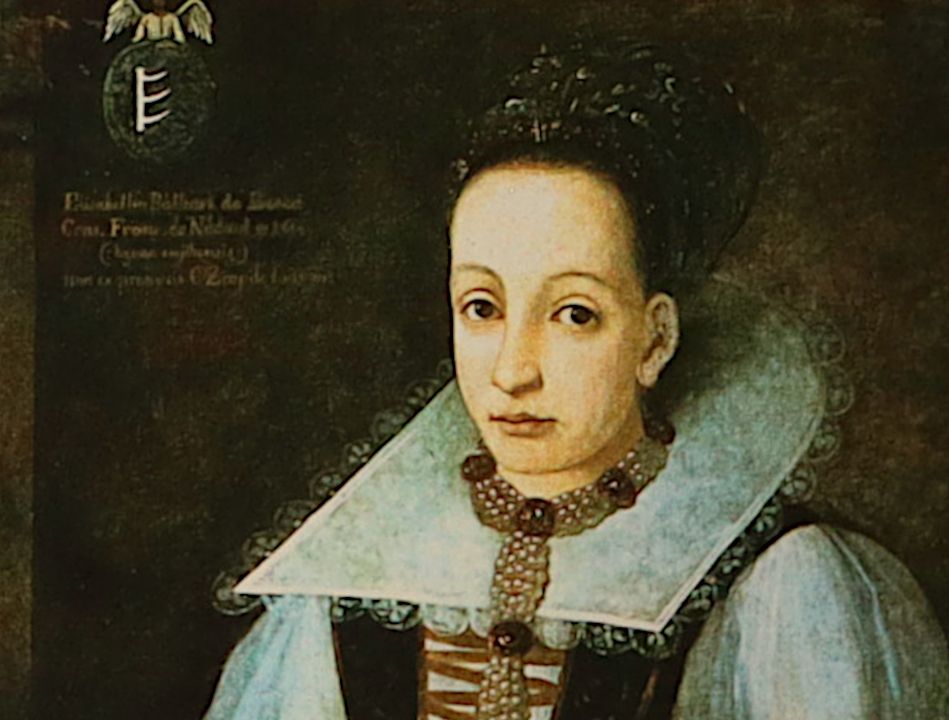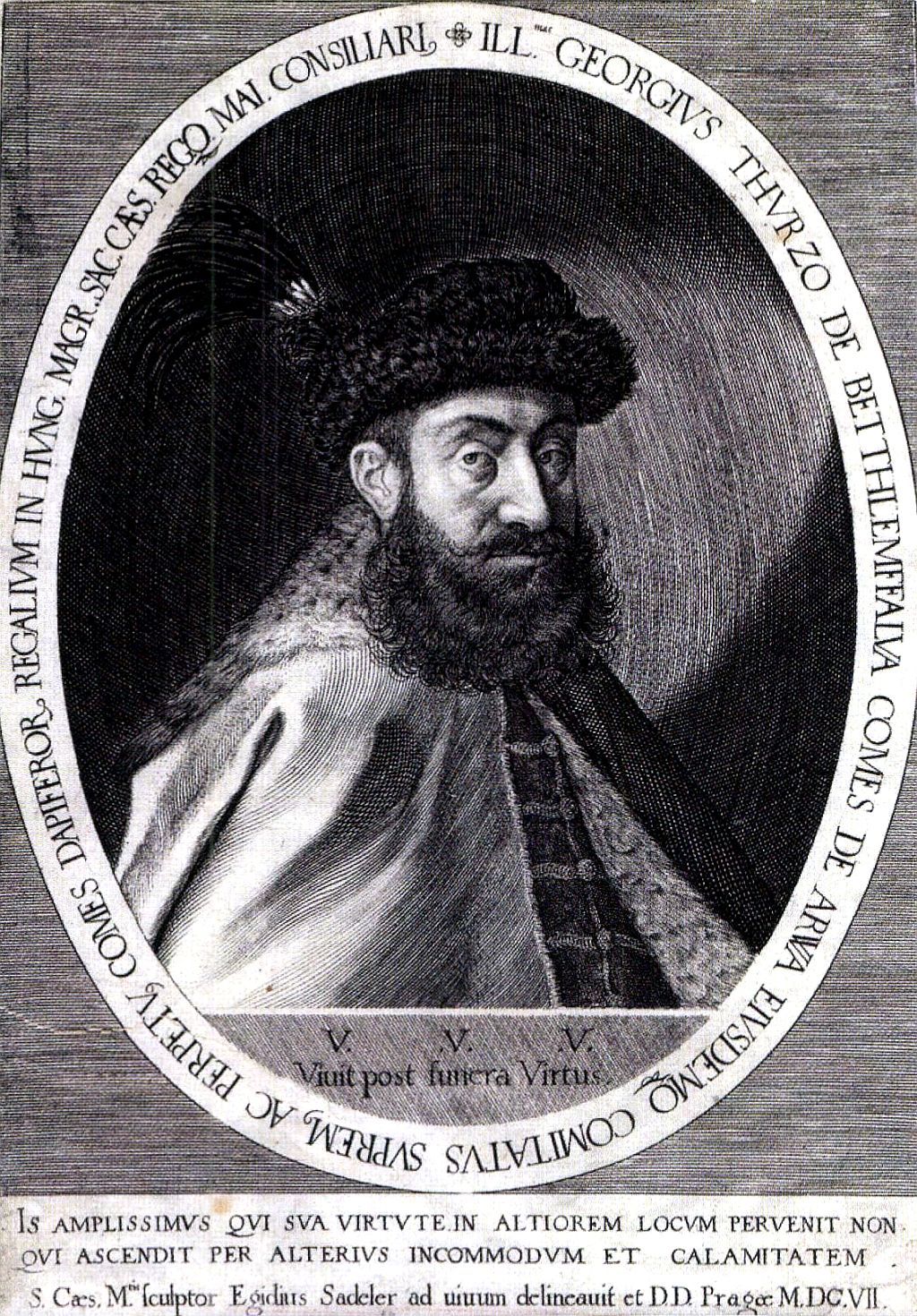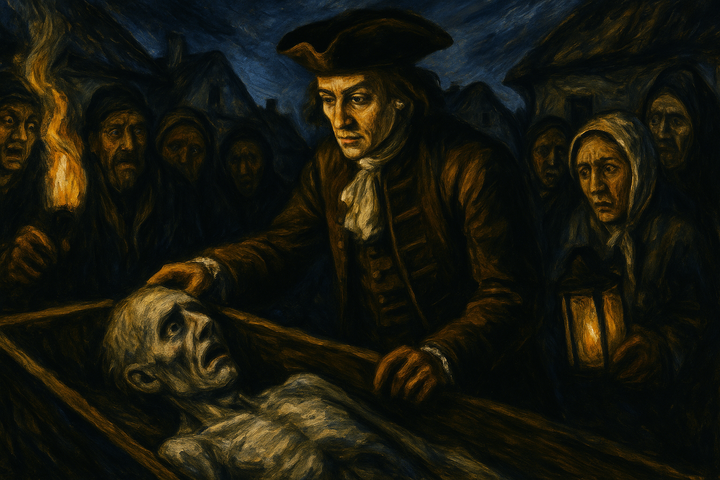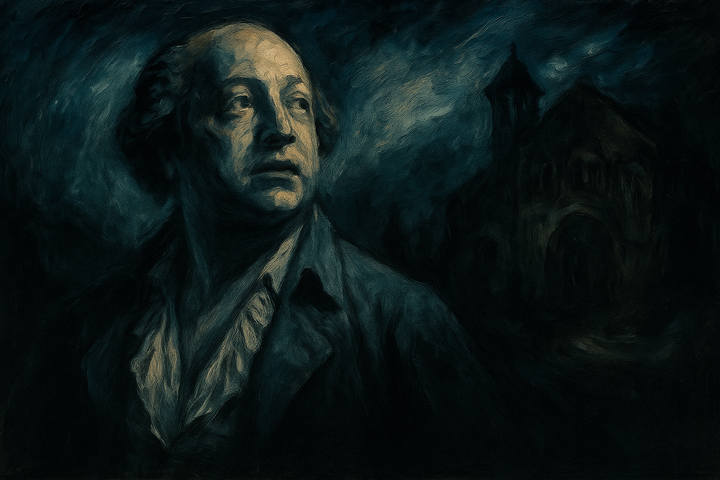Elizabeth Báthory: The Blood Countess

Elizabeth Báthory, also known as the "Blood Countess," is one of the most infamous figures in the history of Europe. Her story is a dark mix of power, cruelty and obsession that fascinates and terrifies to this day.
Born in 1560 into one of Hungary's most powerful families, Báthory grew up amid wealth and privilege. She was well-educated, multilingual, and married the wealthy Count Ferenc Nádasdy at the age of 15, which further strengthened her position in society.
However, the dark side of Báthory's life began after her husband's death in 1604. She retreated to her castle in Čachtice, in present-day Slovakia, and rumors began to circulate about her cruel practices. She was accused of torturing and killing young girls, supposedly to bathe in their blood in order to attain eternal youth and beauty.
The exact number of her victims is unknown, but it is believed that she may have killed hundreds of girls and young women. Most of her victims were daughters of local peasants and servants, but eventually she began kidnapping girls from noble families as well, which eventually led to her discovery.

In 1610, Báthory was finally arrested by György Thurzó, the palatine of Hungary. During a raid on her castle, several dead and tortured girls were found. Báthory and four of her servants were charged with murder.
In one of the first documented serial murder trials in history, Báthory and her servants were put on trial. While her servants were executed, Báthory was sentenced to life imprisonment in her own castle. She was locked in a room that had only small slits for air and food, and died there four years later.
The story of Elizabeth Báthory has generated many interpretations and controversies. Some historians argue that she was the victim of a political conspiracy, while others believe her guilt was indisputable. Her story has inspired numerous books, films, and even music, and remains a fascinating and terrifying chapter in the history of crime.




